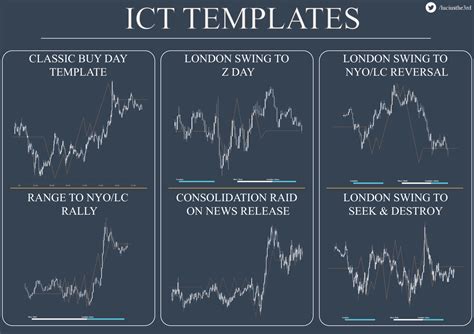Crypto Market Momentum: Understanding Continuation Patterns, Open Interest and Investment Returns
The world of cryptocurrency has experienced rapid growth over the past decade, with many investors flocking to the market in search of high returns. However, the cryptocurrency market is highly volatile, making it essential for investors to understand key metrics such as continuation patterns, open interest, and investment returns.
Continuation Patterns: A Key Indicator
Continuation patterns refer to the repetition of a previous trend or pattern in a time series data. In the context of cryptocurrency, continuation patterns can be used to predict future price movements based on historical trends. The most well-known continuation pattern is the Relative Strength Index (RSI), which measures the magnitude of recent price changes.
The RSI indicator calculates the rate of price change over a given period, and if it falls below 30, it may indicate a potential reversal in trend. On the other hand, if it rises above 70, it indicates a strong uptrend. However, the RSI has its limitations, as it can be influenced by market sentiment, trading volume, and other external factors.
Open Interest: A Measure of Market Liquidity
Open interest (OI) refers to the number of contracts traded in an asset over a given period. In cryptocurrency markets, OI is often used as a key indicator of market liquidity. A high level of open interest suggests that there are more buyers and sellers participating in the market compared to other assets.
A large open interest can indicate that there is significant demand for the asset, making it more likely that prices will rise. On the other hand, if the OI is low, it may suggest a lack of liquidity in the market, which could lead to lower prices.
Investment Returns: A Key Performance Indicator
Investors typically measure the performance of their portfolios through metrics such as returns, volatility, and Sharpe ratio. In the cryptocurrency market, investment returns refer to the increase in value of an investor's portfolio over a given period.
Returns can be calculated using various methods, including simple averages (e.g., average daily return), compound averages (e.g., average annual return), or more advanced metrics like maximum drawdown and Sharpe ratio. However, returns are subject to fluctuations due to market volatility, which can make it difficult to predict future performance.
Comparison of Crypto Market Metrics
To provide a comprehensive understanding of the cryptocurrency market, here is a comparison of key metrics:
Continuation Pattern
: The RSI indicator has been used to identify potential reversal points in cryptocurrency markets.
Open Interest: High levels of open interest indicate liquidity and demand for an asset, while low levels may suggest lack of liquidity or price volatility.
Investment Returns: Returns can be calculated using various methods, including simple averages (e.g., average daily return) and compound averages (e.g., average annual return).
Conclusion
The cryptocurrency market is a rapidly evolving field, with investors seeking high returns on their investments. Understanding continuation patterns, open interest, and investment returns are essential for making informed decisions in this market.
While no single metric can guarantee success, using these indicators can provide valuable insights into potential price movements and risk profiles. It is crucial to remember that cryptocurrency markets are highly volatile and subject to external factors such as regulatory changes, news events, and economic conditions.
By staying up-to-date with the latest trends and developments in the crypto market, investors can make more informed decisions and potentially achieve their investment goals.